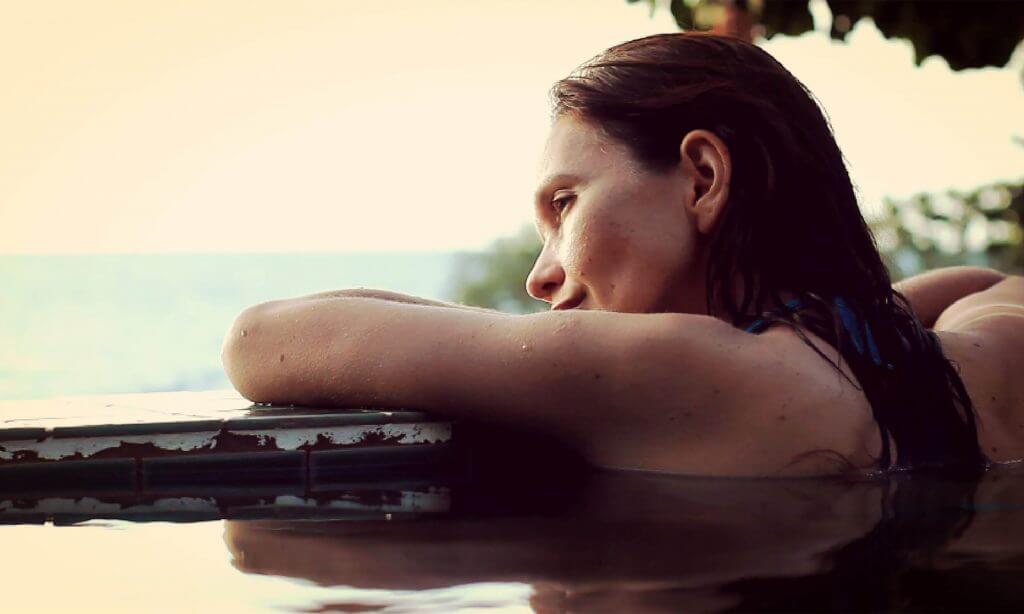18th August 2019
What makes Rhinoplasty a difficult surgery?
It can yield fantastic, life-changing results, but rhinoplasty is renowned as one of the most challenging operative procedures in plastic surgery, and one that should only be performed by a specialist with many years’ experience. Several factors contribute towards this reputation for complexity, but here are just a few of the most prominent.
First and foremost, nasal anatomy is incredibly intricate. The nose is a hollow structure with soft tissues overlying thin, flexible cartilage and often thin bones. Reshaping this structure involves far more than simply sculpting the bone like a piece of marble – bone, cartilage, and soft tissue must be trimmed, disassembled and augmented; repositioned and rebuilt. The margin for error is little to non-existent – even the smallest of mistakes can cause collapse or inhibit a patient’s ability to breathe. Every millimetre is crucial, and so a surgeon must possess an extensive knowledge of nasal anatomy and an expert technical ability. Every nose is different, however, and there is, therefore, no process that can be applied universally to all patients. There exists no universal guide that will tell you how much dorsum, lateral crus or caudal septum must be removed from a particular a nose in order to achieve the best results, for example!
Any good rhinoplasty surgeon also knows that all parts of the nose function as individual aspects of a multi-layered structure – a jigsaw whose uniquely shaped pieces have an inextricable relationship with one another. A surgeon must always account for the fact that adjusting one part may cause another to shift or twist. Grafts to the internal valve, tip, and radix, for example, can be unpredictable due to the uncertain quality of donor cartilage taken from the septum, and a surgeon must always be mindful of how they manipulate the skin, which must eventually be draped properly over the internal structures of the nose. Rhinoplasty is, then, a delicate balancing act, requiring a surgeon to make crucial decisions while adopting a three-dimensional mode of thinking.
In addition to ensuring coordination between this assortment of pieces, a rhinoplasty surgeon must also ensure that the results of surgery are in harmony with the patient’s other facial features. While many patients are clear on what kind of nose they would like – smaller or straighter, for example – they are often unaware of the complex relationship between their nose and the rest of their face, and that changes in their nose can have a profound effect upon the balance of their other facial features. This is where planning becomes a crucial part of the rhinoplasty process, with digital imaging providing the rhinoplasty surgeon with an invaluable tool for envisioning the desired outcome.
The above is just a small selection of the many reasons why rhinoplasty is considered one of the most difficult cosmetic surgeries to master. Even outside of the operating theatre, the process is similarly complex. An accomplished rhinoplasty surgeon must envision results pre-procedure, whilst also remaining mindful of how the patient’s nose will heal post-procedure. It is for these reasons that rhinoplasty must only be performed by a true expert. Julian Rowe-Jones is a world-renowned specialist in cosmetic and functional nasal surgery with over 20 years’ experience as a consultant surgeon. He is passionate about his profession – regularly giving talks at national and international scientific surgical meetings – and has authored over 60 papers on nasal surgery and rhinoplasty. If you’d like to know more about undergoing rhinoplasty surgery with Julian, please don’t hesitate to contact us for an initial consultation.








